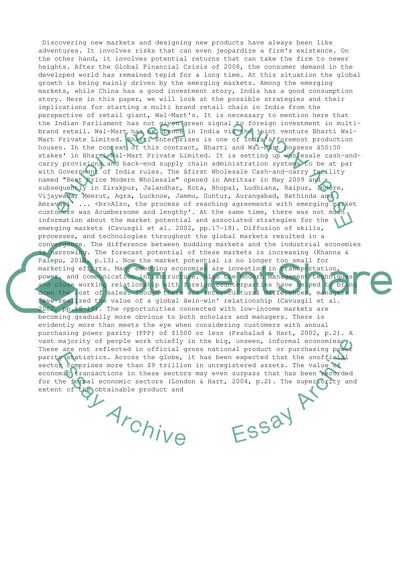Cite this document
(“Wal-Mart and Multi-Brand Retailing in India Assignment”, n.d.)
Wal-Mart and Multi-Brand Retailing in India Assignment. Retrieved from https://studentshare.org/business/1448350-assume-that-organisation-is-undertaking-a-decision
Wal-Mart and Multi-Brand Retailing in India Assignment. Retrieved from https://studentshare.org/business/1448350-assume-that-organisation-is-undertaking-a-decision
(Wal-Mart and Multi-Brand Retailing in India Assignment)
Wal-Mart and Multi-Brand Retailing in India Assignment. https://studentshare.org/business/1448350-assume-that-organisation-is-undertaking-a-decision.
Wal-Mart and Multi-Brand Retailing in India Assignment. https://studentshare.org/business/1448350-assume-that-organisation-is-undertaking-a-decision.
“Wal-Mart and Multi-Brand Retailing in India Assignment”, n.d. https://studentshare.org/business/1448350-assume-that-organisation-is-undertaking-a-decision.


